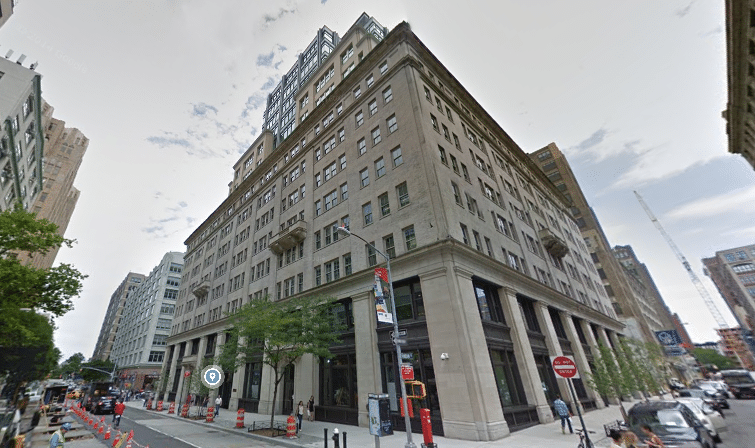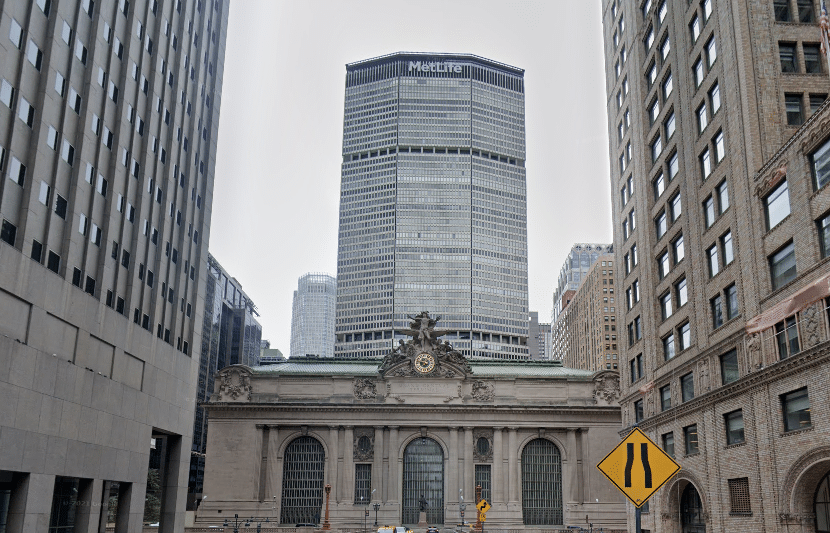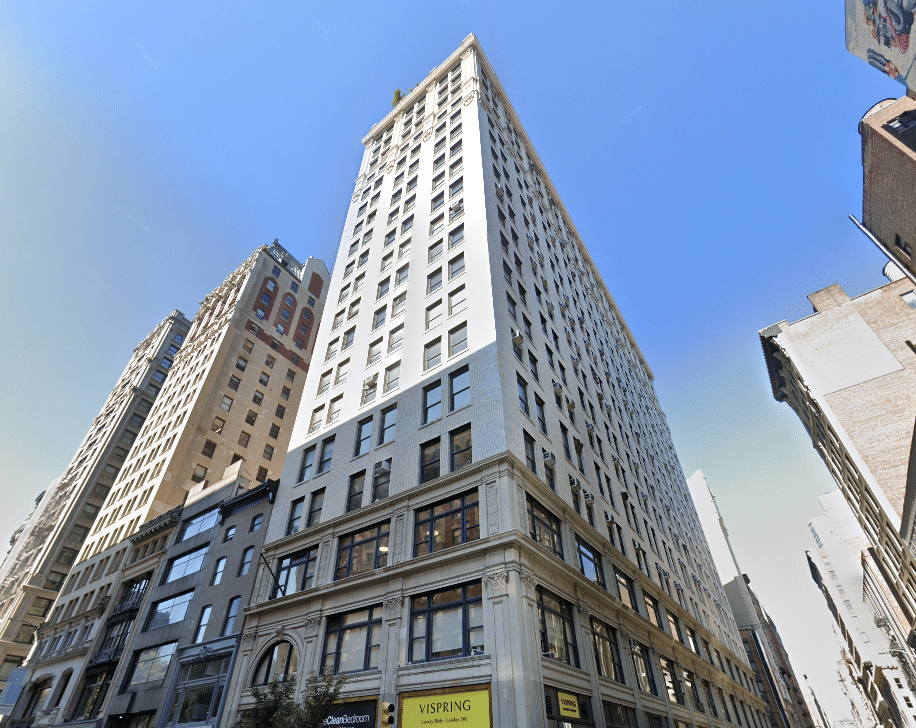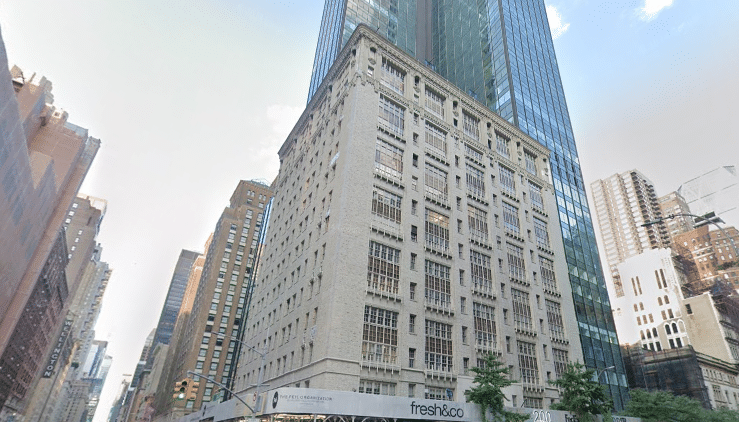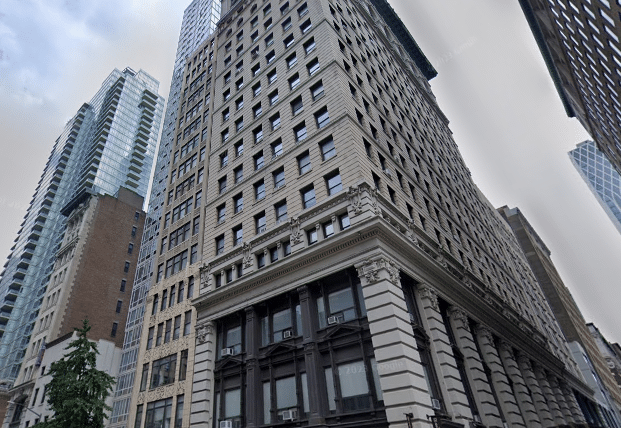2024 is here, and the commercial real estate scene sees renewed activity and potential shifts, especially after the pandemic era’s rollercoaster ride. Office buildings are the busiest they’ve been since early 2020, trendy Fifth and Madison Avenues stores are alive with activity, and restaurants are filling up again. This revival is not just about spaces getting occupied; it reflects a shift in how we work, shop, and dine. But with this revival come big questions: Can this momentum withstand the ups and downs of global economic trends? Let’s examine the 2024 commercial real estate outlook – a world adapting, evolving, and striving for resilience.
Current Trends in Commercial Real Estate
Before diving into the 2024 commercial real estate outlook, let’s first assess the market’s current state and its distinct trends across various sectors:
Office Spaces Rebounding
In the office real estate sector, there’s an uptick in occupancy levels, suggesting a rebound from the pandemic’s impact. By December 2023, Manhattan office occupancy hit 52%, with over half of the workforce returning to desks on weekdays. This resurgence aligns with the rise in in-person attendance across various industries, especially in the real estate and law sectors. Yet, all indications show that most employers will lean towards maintaining hybrid schedules, primarily due to employee preferences.
Parallel to this increase in occupancy, there’s a clear shift towards smaller office spaces. Businesses now favor units around 5,000 square feet or smaller, downsizing from larger offices and moving away from coworking spaces. This trend is evident in the drop in coworking spaces in Manhattan, which saw an 11% decrease between 2022 and Q3 2023. Even major tenants like JPMorgan Chase have reduced their commercial footprint by 400,000 square feet in 2023.
Retail Spaces Flourishing
A major positive for the 2024 commercial real estate outlook is New York City’s retail sector. Expect prime New York City retail streets like Fifth Avenue and Madison Avenue to continue their impressive comeback with ever-falling vacancies and a continuous surge in leasing activities. After all, Fifth Avenue recently maintained its status as the world’s most expensive retail destination. High-profile Madison Avenue leases, such as Dolce & Gabbana’s acquisition of a 23,338-square-foot space on 693 Madison Avenue and a new Valentino store on 654 Madison Avenue, add further context to the optimism.
A closer look into Manhattan’s submarkets adds context to the sentiment., Available retail space declined or remained steady in 9 out of 11 submarkets, registering an average drop of 1.5% across the market as of Q3 2023. Robust consumer spending, which grew at a 4.0% annual rate, further supports this trend. Notably, 75 transactions through October 2023 have pushed rents toward the $1,000 per square foot mark, highlighting the sector’s vitality.
Restaurant Sector’s Recovery
The restaurant industry in New York City is making a notable comeback from the lows of the pandemic, as evidenced by a surge in leasing activity and a drop in vacancy rates. Throughout 2022, the industry steadily recovered, culminating in a vacancy rate of just 2.4% by late January 2023, nearly reaching the pre-pandemic average of 2%. This rate reflects the industry’s robust recovery, driven by the revitalization of city life and the return of residents, tourists, and office workers. Optimism among restaurant operators reached 43% by August 2023, indicating growing confidence in the sector’s future. The end of the 2023 sales tax year also saw the taxable sales for restaurants returning to pre-pandemic levels. Furthermore, the hospitality industry in New York City has surpassed its pre-pandemic performance, achieving over 111% of its previous group revenue.
Key Factors Influencing 2024
The trends discussed above give us an optimistic outlook for 2024. However, for the good times to become a reality, it will depend on 3 factors:
1. Impact of Interest Rate Cuts on Dealmaking and Refinancing
The Federal Reserve’s projections indicate 3 potential interest rate cuts next year from the current range of 5.25% to 5.5%, with the markets expecting these cuts as early as May. Such reductions could trigger increased dealmaking activity and lower the cost of refinancing. Property owners looking to refinance could benefit from more favorable loan terms, thereby managing their properties more effectively and potentially investing in new projects. However, there’s also a perspective that the cost of capital might worsen through 2024, adding an element of uncertainty to these predictions.
2. Overall Economic Conditions
Overall economic conditions and concerns about economic growth and a potential recession are factors to monitor. For instance, expense mitigation is a top priority for many real estate professionals, with some expecting revenues to hit their lowest levels since 2018. Additionally, CBRE predicts a slowdown in the U.S. economy, which could influence commercial real estate through tighter bank lending practices. At the same time, the looming possibility of a recession, which TD Securities sees as 65% likely, adds additional complexities. The good news though? They expect it to be “mild.”
3. Global Factors
Finally, a confluence of global factors could impact the 2024 commercial real estate outlook in New York City:
- If geopolitical uncertainties, such as the conflicts in Ukraine and the Middle East, worsen, it could create global ripples and lead to market instability. Exacerbating this instability is a slower-than-expected economic recovery in Mainland China.
- Persistent inflation and an unpredictable energy market add further complexity to the industry, affecting operational costs and investment decisions. Supply chain disruptions, another outcome of these global dynamics, pose challenges for construction and development projects.
- The growing urgency around climate risk continues to be a thorn in the economy, pushing the industry towards sustainable practices and energy-efficient solutions.
Challenges and Opportunities
To close out, let’s go through the blend of challenges and opportunities that could shape the industry’s future in 2024 and beyond:
Rising Operational Costs
From JPMorgan Chase’s insights, a significant concern is the increasing costs of construction materials and insurance. These rising costs reflect broader economic trends such as inflation and supply chain issues. The higher prices for raw materials are driving up the costs of new developments and renovations while increasing insurance premiums are impacting the overall operational budgets. While inflation could wane in 2024, these persistent factors could still lead to more cautious investment strategies and influence property development and maintenance decisions.
Environmental, Social, and Governance (ESG) Compliance
According to Deloitte Insights, a major challenge facing many firms in the industry is the preparation for and compliance with Environmental, Social, and Governance (ESG) regulations. The increasing emphasis on sustainability and responsible business practices means that companies must now align with stricter ESG standards. However, many firms are reportedly unprepared for these regulations, lacking the necessary data, processes, and internal controls. This gap presents both a challenge to meet regulatory standards and an opportunity to innovate and lead in sustainable practices.
Technology and Infrastructure Modernization
The commercial real estate industry is also encountering the need for technology upgrades and managing legacy systems. As the industry evolves, there’s a growing demand for integrating modern technology solutions to enhance efficiency, data analysis, and overall operations. The challenge lies in replacing or upgrading outdated legacy systems deeply embedded in many real estate operations. This technological transition represents a substantial investment but is essential for staying competitive and meeting clients’ and stakeholders’ changing needs and expectations.
The 2024 Commercial Real Estate Outlook: Key Takeaways
As we kick off the new year, the 2024 commercial real estate outlook is cautiously optimistic. We see promising signs, like busier office buildings and lively retail areas. Still, we’re also keeping an eye on the challenges ahead. Rising costs and the need to keep up with the latest in sustainability and tech mean we must do more than sit back. It’s a balancing act – hopeful about growth and planning carefully for any economic twists and turns. This year is all about smart strategies and being ready to adapt. For 2024, the approach should revolve around staying alert, thinking ahead, and making smart moves.







